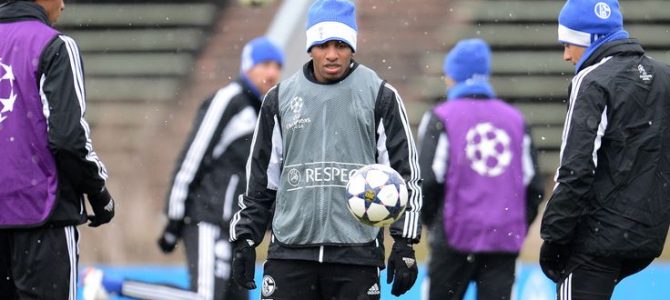Summary: Climate should never hold you back from doing what you love. During the autumn and winter months the colder weather can make it tougher to play soccer outside. However, with the proper equipment, this should not be a problem.
Accessories
When out in the cold weather it is smart to keep warm. Accessories like beanies and knitted gloves will help keep your ears and fingers from freezing when running around. Make sure they are thick enough to keep your body warm but also breathable enough to allow moisture to dry.
Additionally, packing an umbrella or blanket to use when you are not on the field will limit the amount of moisture or cold weather that will come into contact with your body. If you do not wish to wear gloves, disposable hand warmers could be beneficial when you are not playing.
Wear Longer Clothing
Whether it is windy, snowing, raining, or simply cold, a reasonable approach to handling colder weather is to simply bring longer clothing with you. Compression shirts or pants are lightweight, breathable, and will add a layer of warmth and protection. You can easily wear these underneath your regular soccer shorts and jersey.
If the compression clothing is not enough to keep you warm, consider purchasing a jacket and sweatpants that can be worn when you are not on the field. If it is raining or snowing, the sweatpants can be swapped out for track pants, as they are better at repelling water. The key is to be aware of what kind of weather to anticipate and to pack accordingly.
Bring Extras
If you are playing soccer out in the snow or rain, there is a good chance that some of your gear will get wet. This can be uncomfortable to play in and the combination of cold weather and wet clothes can actually cause you to get sick. To prepare for this possibility, bring an extra change of clothes for halftime. Additional soccer gear can be found at stores like Soccer Garage. Changing your uniform and socks will help you remain dryer and warmer, allowing you to focus more on the game.
Play Indoors
Another approach to handling the cold weather is to avoid it altogether. Indoor soccer fields or gyms are rare but they may be good alternatives to practicing or playing on an outdoor soccer field. Getting creative and reserving play time in one of these indoor environments could solve all of the uncomfortable obstacles that come with colder weather. Doing so may require you and your team to change how you approach practice drills or playing an actual football game, but it could ultimately prevent the team from getting sick or injured. Pivoting could keep your team active and ready to get back out on the field when the weather warms up.

